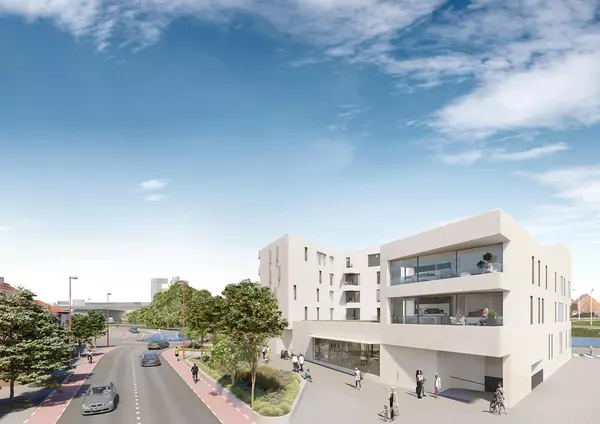If there’s a national housing emergency, let’s be honest about what It really means
The Trump administration has hinted at declaring a national housing emergency. Treasury Secretary Scott Bessent floated the idea, and President Trump confirmed it is under consideration.
A “federal emergency” sounds dramatic and grabs headlines. But here’s the reality: declaring one might ease financing restraints for single-family buyers, say, by subsidizing closing costs, but can it really alleviate the financial and regulatory challenges that exist for affordability? Development happens at the state and local levels. A national declaration can’t rewrite zoning codes, shorten permitting timelines, or force municipalities to approve more density.
Second, the label doesn’t match the real issue. What should be declared is a national AFFORDABLE housing emergency. The “emergency” is that the pathways to affordable housing development are restricted in many ways, and for many role-players in development.
Anyone who has worked in this space knows the reality. Assuming projects receive the often-challenging green-light from their local planning boards, they can subsequently get stuck in permitting purgatory, with months or even years lost to administrative backlogs while both hard and soft costs mount.
Affordable housing lives or dies in the financing structure. Developers juggle debt, loans, and layers of state and federal incentives just to close. When rates climb or construction costs spike, that delicate balance can collapse. And this is where national policy conversations must dig deeper.
A declaration of emergency might spotlight the issue, but unless it comes with serious action to stabilize and expand financing tools, consistent funding for rent subsidy programs and continued liquidity via FHFA and HUD, it won’t unlock the production of affordable units at the scale America needs. And right now, according to some reports, the capital stack that holds affordable projects together is under enormous stress.
Further, HUD’s 2023 report to Congress, titled “Worst Case Housing Needs,” showed that there are just 57 affordable and available rental units per 100 renter households for those at 50% AMI. Add the qualifier of “adequate,” and the number drops below half. For households at the lowest incomes, availability is even worse. That imbalance is nothing short of an emergency.
National Low Income Housing Coalition does a great job of highlighting the issue on a regional level here: https://nlihc.org/gap
So, yes, there’s an emergency for low-income Americans. And yes, there’s a market supply imbalance. But there is a capital problem. As a clear example, emerging developers represent only a tiny share of the affordable housing development pipeline. Not because they lack ideas or local knowledge, but because they face barriers to capital.
The financing structure is a complex stack of tax credits, bonds, and private equity, that require a deep legal, political, and financial infrastructure to navigate, and are considerably cost-prohibitive to execute. Larger, established firms have those resources. Local and emerging firms often do not without significant institutional backing and capital.
And without intentional effort, emergency action could make the imbalance worse. If Washington cuts some red tape but does nothing to broaden access to capital, the result will be more deals flowing to well capitalized incumbents while emerging and local developers remain sidelined. Which typically means higher likelihood of community push-back, and weaker integration of housing and local plans.
The mission should be to change that dynamic and to work to rebalance the scales. Structure creative, multi-layered financing that gives local developers a real seat at the table and welcomes impact investors that seek to help revitalize housing opportunity. Not only does this produce affordable housing units but it can create wealth in communities that have been excluded from ownership for far too long.
Declaring an affordable housing emergency shouldn’t be just a consideration; it should be a mandate. And to summarize my estimation of the landscape:
- There wouldn’t be a national housing emergency if the paths to affordable housing development weren’t impeded by outdated regulations and guidelines in the first place. We need (at least) statewide standards.
- Affordable housing is the lowest-friction path to solving the housing shortfall. We must protect the structures that ensure capital continues to flow through to this sector.
- Local and emerging developers must be considered as part of the solution. Without them, any affordable housing push risks repeating old patterns, building units, but not building wealth or leadership in the communities that need both.
The affordable housing crisis is real. The affordability gap is stressing families, and by extension, stifling communities. At our firm, the work of solving it is already happening, in Newark, Houston, Los Angeles, Atlanta, and dozens of other markets where determined developers and creative financing from AWC are bringing affordable units online.
The question is whether federal policy will help scale that work, or whether the “national emergency” will remain just another headline.
Victoria Gousse is Senior Vice President of Investments at A. Walker & Co.
This column does not necessarily reflect the opinion of HousingWire’s editorial department and its owners. To contact the editor responsible for this piece: zeb@hwmedia.com.
Categories
Recent Posts









GET MORE INFORMATION

